Cease Communication Letter Template for Effective Use
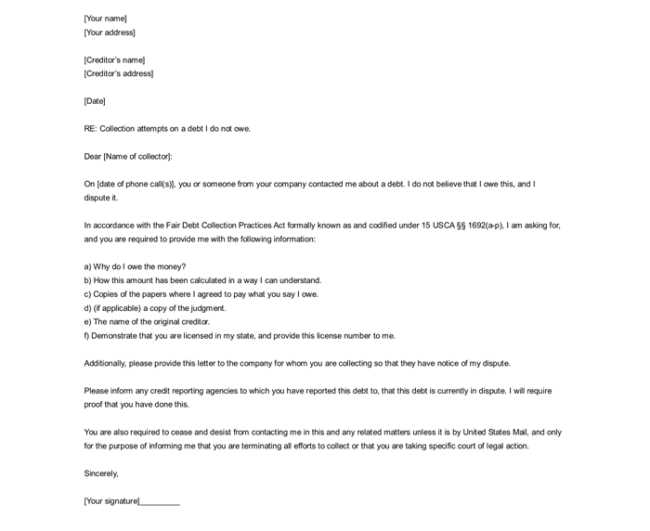
There are situations where individuals or businesses need to formally request that contact or interaction stop. This process involves creating a document that clearly expresses the desire to end all forms of communication. By sending such a written request, you set boundaries and protect yourself from further engagement.
Knowing how to write this type of formal notice is essential. It should be direct, concise, and legally sound to ensure that the request is taken seriously. Understanding the key elements of such a document can make the difference between a successful outcome and prolonged unwanted interactions.
Whether you are dealing with a persistent marketer, a former colleague, or any other individual, a well-crafted document can help resolve the matter swiftly. Being aware of the legal considerations is also crucial to avoid any potential issues arising from your request.
Understanding Cease Communication Letters
When individuals need to formally request that further interactions be halted, they often choose to send a written document. This document serves as an official notice, clearly stating the desire to stop receiving unwanted contact. The key to its effectiveness lies in its clarity and the specific language used to ensure it is legally enforceable.
Purpose and Benefits
The main purpose of such a formal request is to set clear boundaries and avoid any misunderstandings. By putting the request in writing, it becomes a record that can be referenced if further action is needed. Some benefits include:
- Protection from harassment or unwanted solicitations
- Clear communication of your intentions
- A documented record of your request
Common Uses
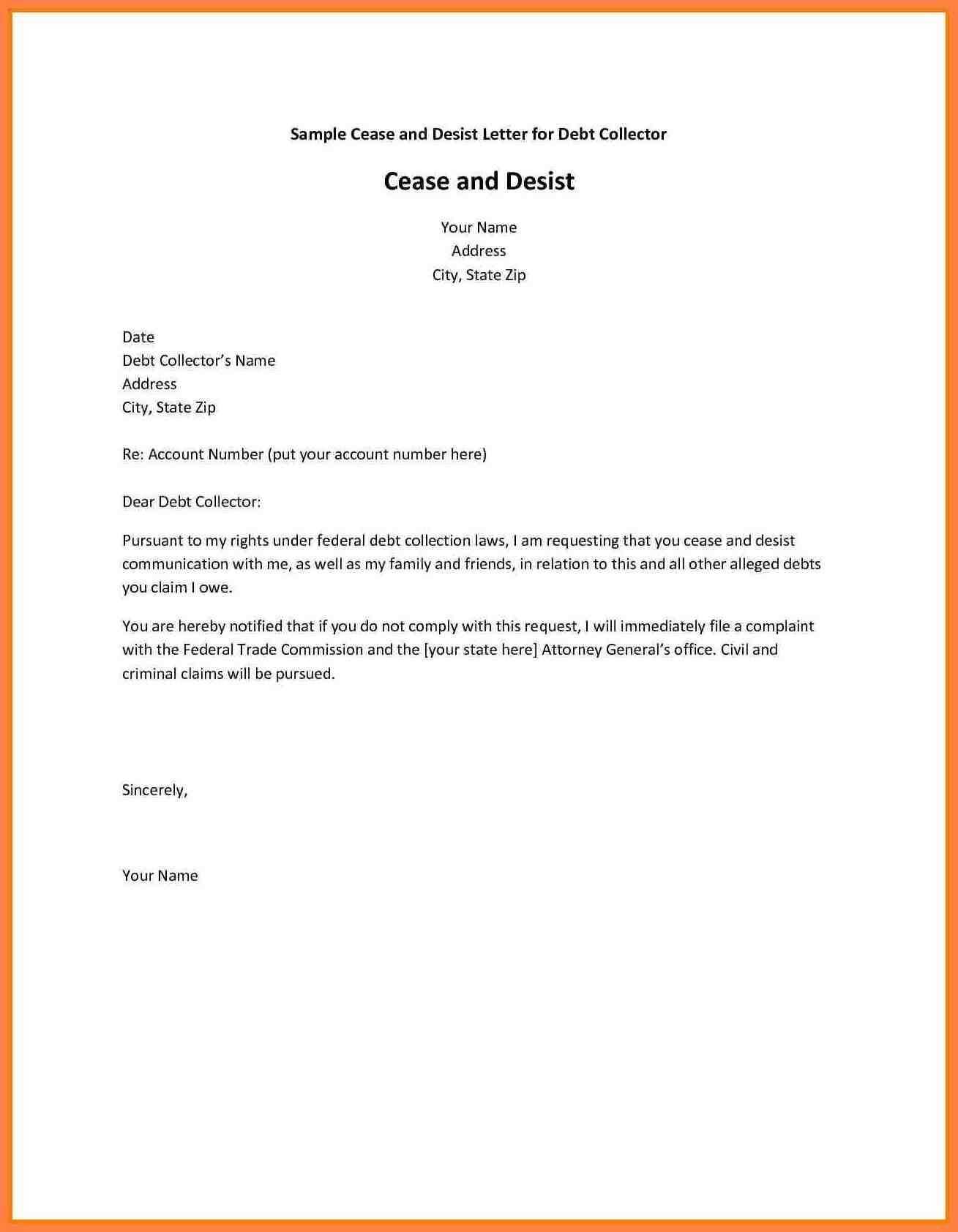
This kind of document is frequently used in various situations, including:
- Dealing with persistent telemarketers or spammers
- Ending unwanted personal contact
- Terminating business or contractual communications
Understanding how to effectively structure this request ensures that it serves its intended purpose and helps to avoid any potential legal complications.
Why You Might Need a Template
Creating a formal request to end unwanted interactions can often be a daunting task. Without a clear structure, it’s easy to overlook important details or miss key legal language. Having a ready-made example can ensure that all necessary information is included and properly communicated, reducing the risk of misunderstandings.
Consistency and Clarity
Using a pre-designed document ensures that your message is clear and consistent. It helps maintain a professional tone while also making sure that the necessary legal elements are present. This consistency can help avoid confusion and make the process of halting contact smoother.
Saves Time and Effort
By using a well-organized example, you save time that would otherwise be spent figuring out the correct format and wording. A template provides a reliable starting point, allowing you to focus on customizing the content to your specific needs without worrying about the structure.
Crafting a Strong Letter
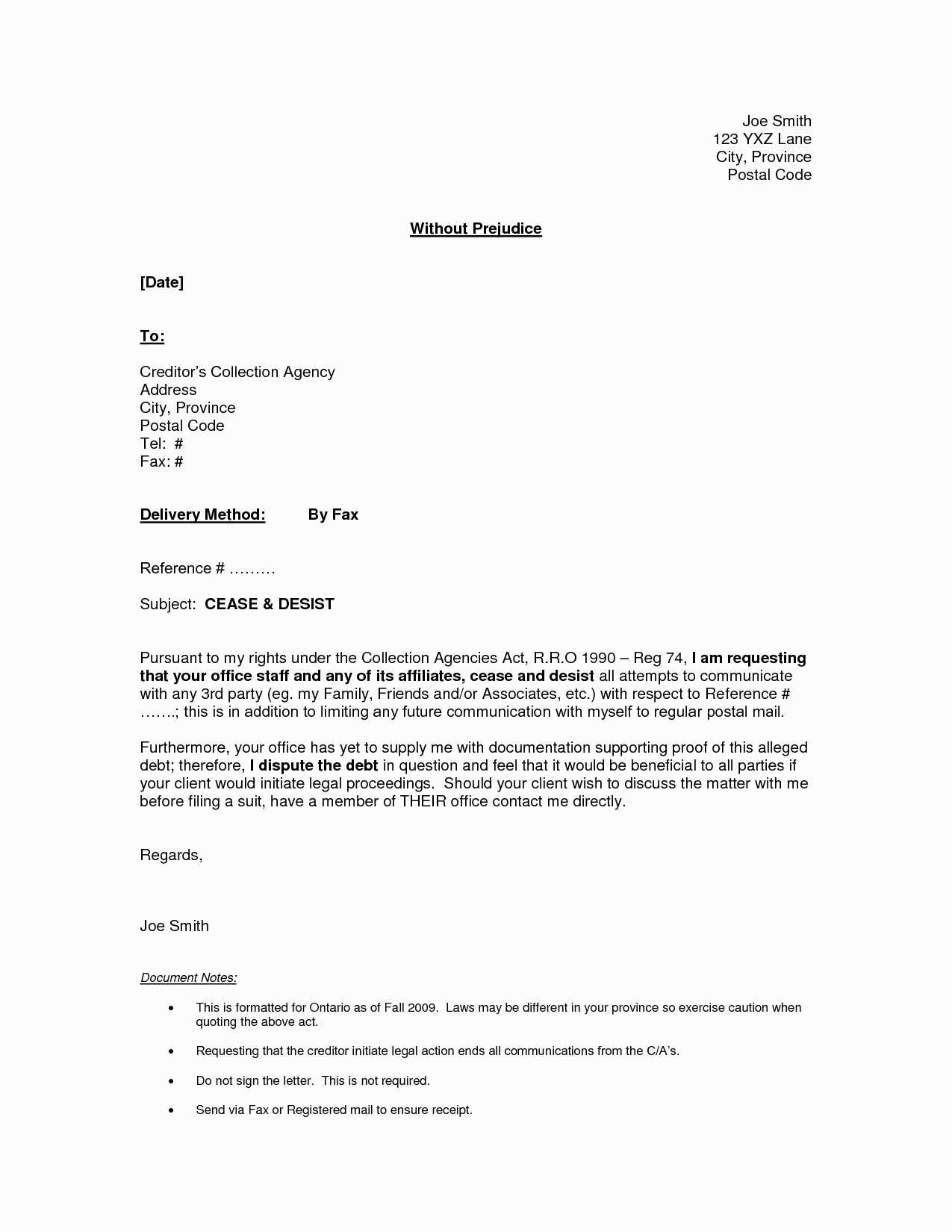
To effectively request the cessation of unwanted contact, it’s crucial to craft a clear, direct, and professional document. The language used should leave no room for ambiguity, ensuring that your request is understood and taken seriously. A well-written notice is your best tool for protecting your privacy and preventing future interactions.
Be Direct and Clear
Your message should convey the request without any unnecessary details. State your intentions clearly, specifying exactly what kind of interaction you wish to stop. Avoid vague language and ensure your message is unambiguous.
Maintain a Professional Tone
Even though the purpose of the document is to end a form of contact, it’s important to keep the tone professional. A polite yet firm approach is more likely to be respected, and it helps avoid any escalation or misunderstanding in the future.
Important Legal Points to Consider
When requesting the halt of unsolicited contact, it’s essential to understand the legal implications involved. A formal notice can have legal weight, and it is important to ensure that your request is in line with applicable laws. Failure to include key elements or improper phrasing could affect its effectiveness or lead to unwanted consequences.
Know Your Rights
Before drafting your document, familiarize yourself with the relevant laws regarding harassment, privacy, or consumer protection. Different jurisdictions may have varying regulations that govern how such requests are handled. Understanding these rules will ensure your notice is legally sound.
Ensure Proper Delivery
The method of delivery can impact the legal standing of your notice. Sending it via certified mail, for instance, can provide a record that it was received, offering additional protection should further action be required. Always choose a delivery method that ensures proof of receipt.
Avoiding Common Writing Errors
When creating a formal request to stop unwanted interactions, clarity and precision are key. Small errors in phrasing or structure can weaken the effectiveness of your message or even lead to misunderstandings. It’s important to avoid common mistakes that could undermine your request or create confusion.
Overly Complex Language
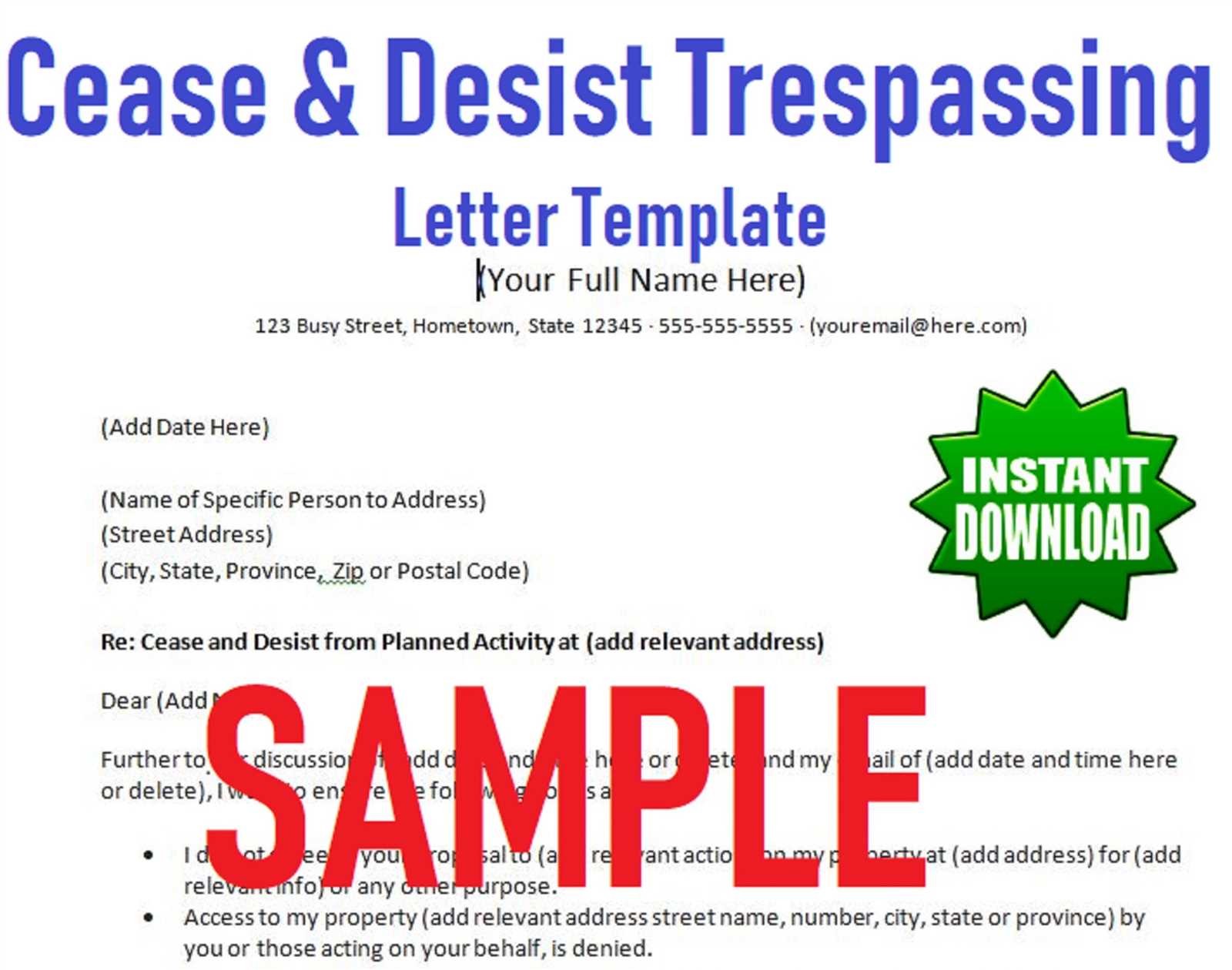
Avoid using complicated legal jargon or overly technical terms that may confuse the recipient. Keep the message simple and to the point. Clear language ensures that your intentions are understood without ambiguity, increasing the likelihood of a swift resolution.
Failure to Be Specific
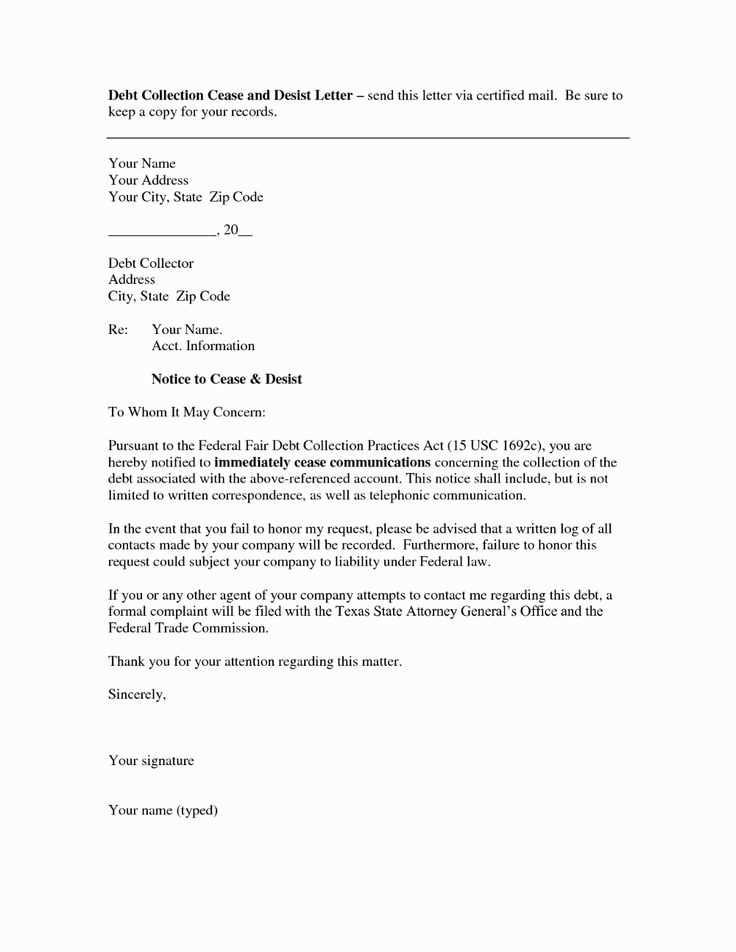
General statements can be easily ignored or misunderstood. Be specific about the type of contact you wish to end, the desired outcome, and any potential consequences for failure to comply. This specificity helps in making your request more actionable and effective.
Next Steps After Sending the Letter
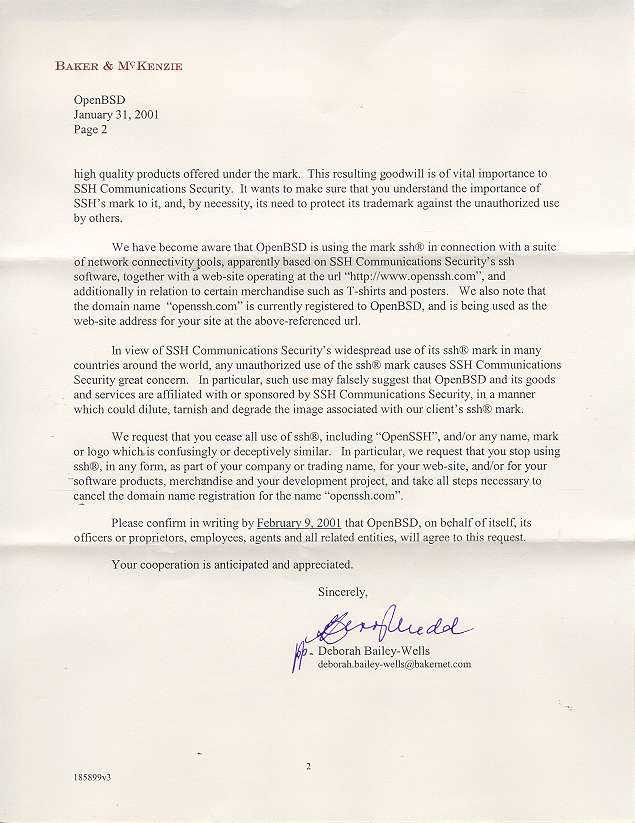
After you’ve sent the formal request to halt unwanted interactions, there are several actions to consider to ensure that your request is respected. These steps help you monitor the situation and prepare for any necessary follow-up actions if the issue persists.
Monitoring the Response
It’s essential to keep track of whether the recipient acknowledges your request and takes the appropriate action. If they fail to comply, you may need to escalate the matter further. Monitor any continued contact carefully to document any further issues.
What to Do If There’s No Response
If you don’t receive a response within the expected time frame, consider taking legal or other formal steps. Below is a guide to help you decide on your next actions:
| Action | When to Take It | Possible Outcomes |
|---|---|---|
| Send a Follow-Up | If no response after 7-10 days | Increased awareness, potential resolution |
| Seek Legal Advice | If contact continues despite your request | Possible legal actions, formal proceedings |
| File a Complaint | If harassment continues | Action by regulatory authorities |